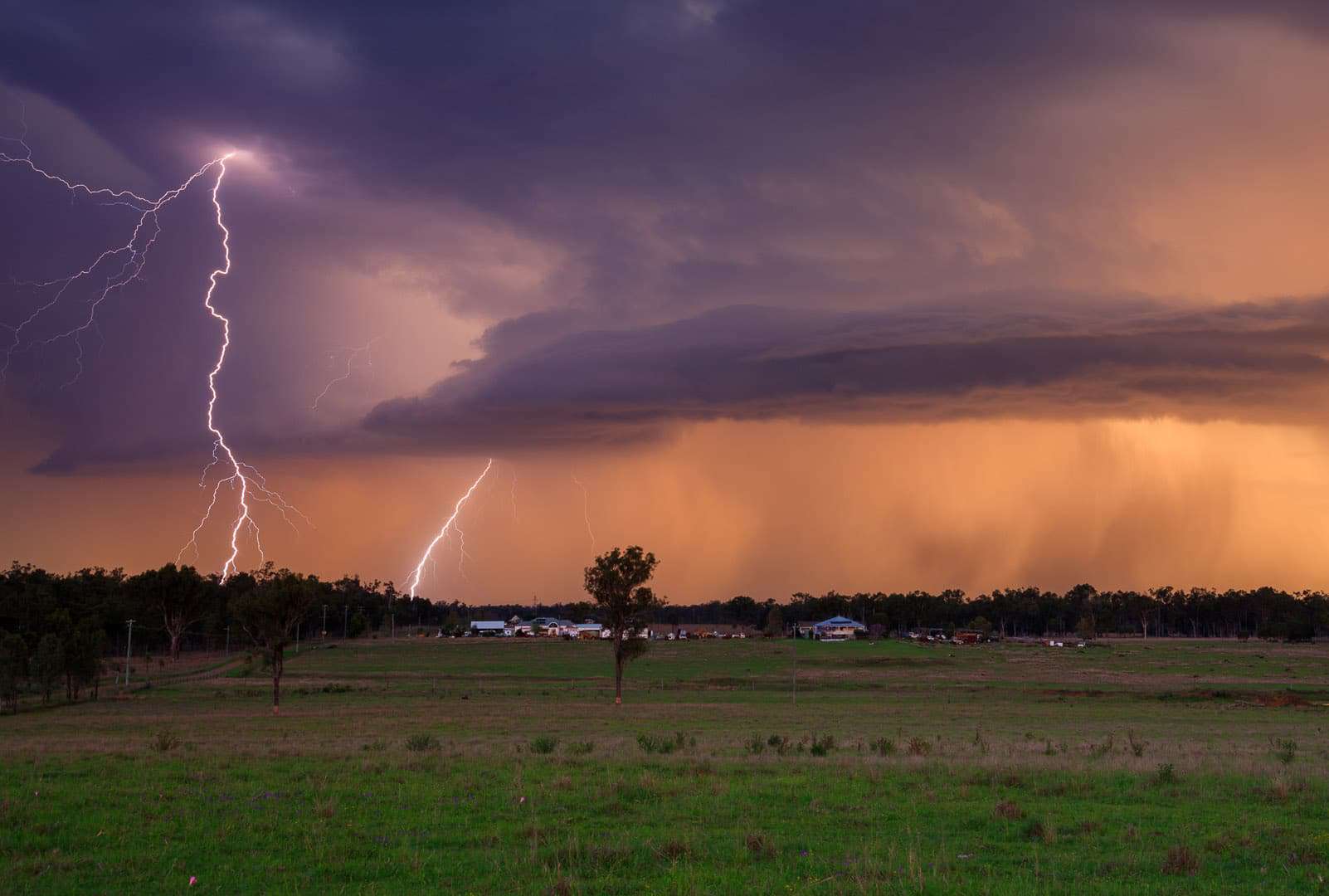

When weather patterns favor a dry pattern, global warming will cause the heat waves that occur during those dry periods to be more intense. More heat means more energy to power heat waves, droughts, and wildfires And over Northern Hemisphere land areas, the warming has been even higher, about 1.9 degree Celsius (3.4☏). Thus, 1.2☌ of warming is very significant, particularly considering that over land areas - where people live - the warming has been greater, about 1.7 degree Celsius (3.1☏). Here I am showing average temperatures over land areas in each hemisphere and for land areas not including polar regions. New visualization on my climate change indicators page – Troublingly, current policies have us on track to warm the planet by about 2.7 degrees Celsius - nearly half an Ice Age unit - by the end of this century, as climate scientist Andrew Dessler explains in the Tweets above. The average global temperature difference between then and now is about 6 degrees Celsius (11☏), or what we can call one “ice age unit.” By that definition, people have already warmed the Earth by 20% of an Ice Age unit. That may seem like a trifling amount until one considers the difference in global temperature today compared to the last Ice Age, when mammoths roamed the Earth and sea levels were 300 feet lower.

Since the preindustrial times of the mid-1800s, Earth’s climate has warmed by about 1.2 degree Celsius (2.2☏). Andrew Dessler DecemConsider climate change in terms of ice age units Here is a plot of the 21st century: today's business-as-usual puts us on track for about 0.5 ice age units of warming in 2100. I find it effective to express temperature changes in ice age units. The combination of more heat energy and a disrupted atmospheric circulation has made extreme weather events more common and more intense, a phenomenon climate scientist Katharine Hayhoe calls “global weirding.” The resulting weather disasters are severely stressing a society constructed for the old, somewhat calmer climate of the 20 th century. Moreover, the extra heat energy from human-caused global warming has fundamentally disrupted atmospheric circulation patterns. More heat in the atmosphere means that there is more energy to power extreme weather events. Katharine Hayhoe June 19, 2022īut all weather is now occurring in an atmosphere fundamentally altered by global warming. And this summer, it's happening EVERYWHERE. One of the biggest ways is thru global weirding: loading the weather dice against us. Wherever we live, it's affecting our lives here + now. So what’s up with the weather? Because weather is naturally extreme, could the extraordinary weather events in recent years be caused mostly by natural variability, with the expansion of the internet and media hype altering our perception of the weather? Undoubtedly, increased awareness of extreme weather can play a role in the perception that the weather is getting more extreme.Ĭlimate change is no longer a future issue or a distant one. Indeed, a rapid-response study from the World Weather Attribution initiative found that the June 2021 heat wave would have been “virtually impossible without human-caused climate change.” The above event, as paraphrased from memory, is but one example of what has been an increasingly common type of interaction between Bob and me - marveling at and dreading the arrival of an extreme weather event that used to be impossible. heat wave was impossible in the 1950s, is now a 1-in-200-year event, and will likely become a 1-in-10-year event by 2050 with further global warming. Yikes! New research predicts that the insane 2021 NW U.S. Media requests for Jeff Masters and Bob Henson.


 0 kommentar(er)
0 kommentar(er)
